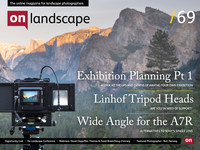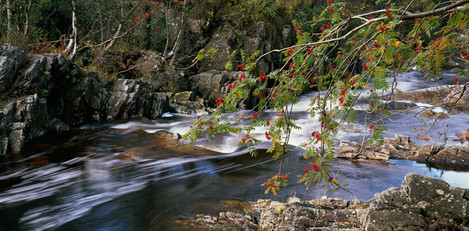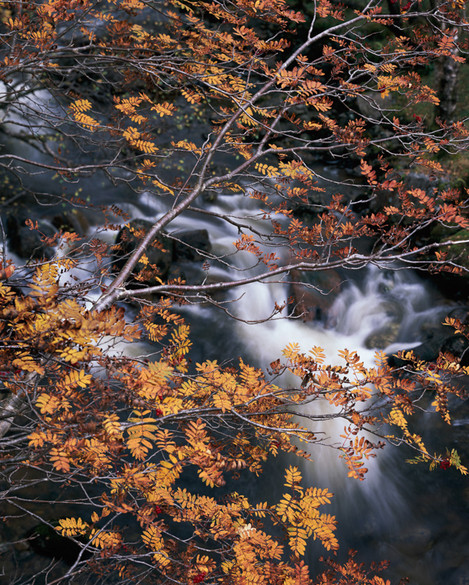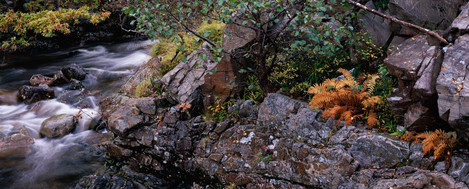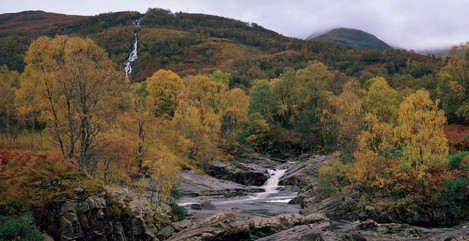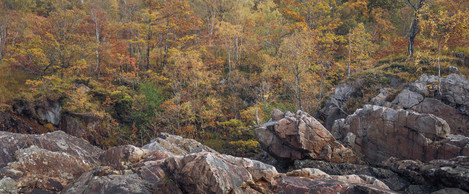Is There Such a Thing as a Free Photograph?

Tim Parkin
Amateur Photographer who plays with big cameras and film when in between digital photographs.
I’d like to introduce an idea that comes from business planning but I think has a great deal of relevance to photography. The situation is as follows - you’re out on location and see something that interests you and the temptation is to say “well, digital photographs are free, film is cheap (ish). Why not have a go?” I’m hoping to highlight some of the reasons why this isn’t necessarily the best choice to make or why it’s worth thinking about in a slightly different way.
In business planning, when you make a proposal of any sort you are nearly always asked “How much is this going to cost us?” (even if you only ask it of yourself). The key thing to bear in mind when asking this is that it isn’t only direct monetary cost that is important - the financial cost is certainly a big factor but there is also something called “opportunity cost”.
Opportunity Cost
Opportunity Cost is all of the other things that you could have been doing instead of the thing you have chosen to. For instance, in the supermarket industry, you have a ‘new store development’ team that typically only has the capacity to roll out a certain number of new stores a year. When you decide to open a store in one location it is important to keep in mind that you are losing the opportunity to open stores in other locations. For example, choosing to develop another supermarket in Milton Keynes means you can’t open one in Paris - what a bummer (except for those from Milton Keynes who are crying out for new supermarkets) .
In terms of photography “Opportunity Cost” is either the other photograph you could have taken or more time spent looking for that photograph or waiting for the light when you’ve found something better. OK perhaps I’m channelling my own experiences here but you know that situation you sometimes get in where you’ve got a wonderful sunset in front of you with unicorns and the dancing fairy cakes - you know it’ll get some great comments on Flickr but you already have some unicorn/fairy cake pictures and everybody else has been posting them recently. Do you take the picture? Let’s assess the opportunity cost.
The options are to just get another photograph of these particular fairy cakes, you never know they might be special in some way, or do you carry on looking for something else?
The tension mounts though as, even if you decide to take a picture of the unicorn eating the dancing fairy cake you hesitate and think that the light might get better and you never know you might get a rainbow in as well, or you can get your single unicorn/fairy cake bonanza fix and then move on to see what else you can find.
Each choice is made at the cost of all other choices.
Examples
I had a classic example of this when photographing in Ardnamurchan a couple of years ago. We arrived a little late for the sunrise because we'd seen a wonderful mist hanging over the loch shown below.
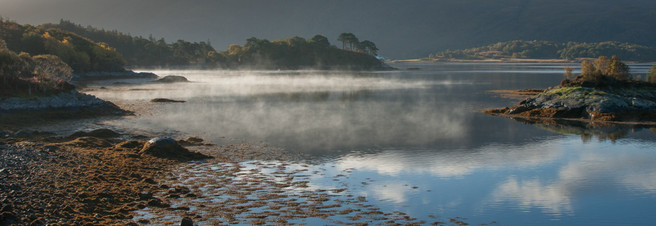
And to my dismay, when we arrived at Aruindle there was a stunning hoar frost and just the view of it, with a layer of hanging mist above, would have been enough to get a handful of Flickr favourites and comments.
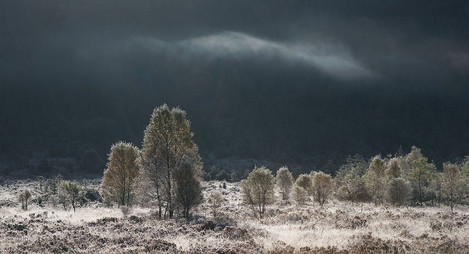
However, my mind went, “But what would it be like if you could get something interesting compositionally to raise it above a record shot of a stunning morning?” - well I made the choice to sacrifice the immediate shot and go looking frantically for something a bit more. Sadly what happened was I wasted a stressful fifteen minutes of my life searching frantically to no avail.
Should I have made the obvious choice? In my mind no - but that doesn’t mean someone else in the same situation should have done the same thing. As long as you are aware of the opportunity cost then any choice is valid.
It isn’t just a hunt for composition - walking that bit further is a risk but it can often pay dividends. In Kinlochleven, my wife and I found a wonderful confluence of rivers that seemed to have enough photographic potential to last a whole day. I took a selection of shots on digital and film over the next hour as you can see below.
I may have stayed longer, captivated as I was by the conditions and location but as it was mostly a walking holiday we continued and I’m very glad we did; I found one of my favourite shots of the holiday which you can see below.
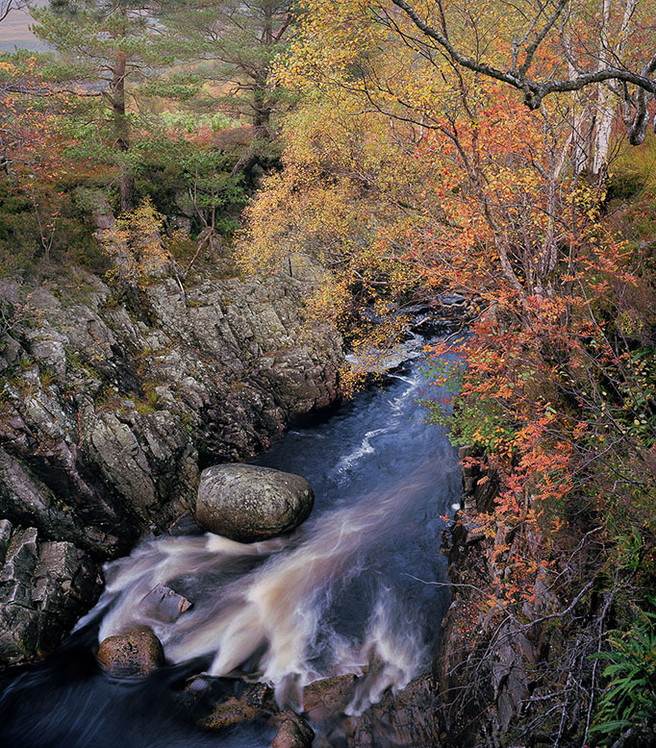
Sometimes you need to know when to move on too...
Is it just about ignoring the good stuff then?
It sounds that way from what I’ve written doesn’t it but, no, that isn’t the case. It’s about being consciously in control of the choices you are making and not being driven by auto-pilot. It’s about being aware of the trade offs and knowing what it is you want to take photographs of. If you want to get the best vista in almost perfect conditions then there is no point taking pictures of the vista in average or even just above average light. It’s better to move on, search for other opportunities elsewhere and then come back when the conditions look better. If you’re working on a project based on mountain birches, that beautiful, golden oak tree hanging over the river isn’t going to move things forward. In many ways, it’s about choosing what not to do.
Ultimately though, it’s about knowing what you want out of your photography and making the best use of one of the most valuable resources a photographer has to get it - time!

